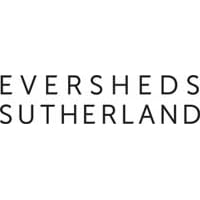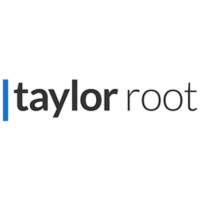

Group general counsel | Movver





Brian Dunn
Group general counsel | Movver
Could you share an example of a time when you came up with an innovation that improved how your legal team works and did not come at a large expense?
One of the businesses in our portfolio of companies was struggling with having clear, accurate, and up-to-date data with regard to its clients and suppliers, which was starting to create a great deal of risk for the business, and was a growing concern for some partners that we were engaged with, and it ultimately was starting to have a significant impact on the businesses’ bottom line. I worked with a few internal teams, including the legal team to understand what the current processes were, how they were logging the data, who was logging it when it was being logged, and how reports were generated that allow us to analyse any potential risks.
I started by working with the teams to build new processes that were efficient, effective, and standardised, and set clear roles and responsibilities throughout the business and with external parties. This allowed us to be sure that we had accurate and up-to-date information at all times. It also assured that data was not duplicated and that the process was efficient for both our business and the third parties that we were engaging with. Next, I worked with some other internal stakeholders to leverage the use of the business’s already existing CRM system to digitalise the new processes, which became critical to being able to efficiently access data, analyse data, and generate reports. We built the workflows of these new processes into the system in a way that supplemented how the system was already being used by the commercial, operations, and finance teams, which helped to quickly and easily embed the new processes into how these teams were already doing their work on a day-to-day basis and helped us achieve quick adoption. Part of building these new workflows was creating easy-to-use data input forms that could be simply used by external third parties, as well as the commercial and operations teams.
This helped to assure that data was accurate, and made the time it took to onboard new clients and suppliers (or update the information for existing ones) much quicker, which lead to faster engagements between the parties, and therefore helped facilitate the quicker sales cycle. The last step was to build a way to quickly view and analyse the data, which we did after I identified with the legal team, the risks that the business was facing, and why these risks existed. After we did this, we were able to work with the business’s SalesForce administration team to build both automated reports, as well as dashboards that show us up-to-date information, allowing us to quickly identify new risks. I chose to use this route because it did not require the business to purchase any new and expensive systems or engage in costly and time-consuming system implementation.
Additionally, it leveraged the use of a system that all the internal stakeholders were familiar with and already using in their day-to-day work. The only cost to the business was some time spent configuring the CRM, which took a little bit of planning and a handful of hours from the time of one of the junior members of the SalesForce administration team, as well as purchasing a few additional inexpensive SalesForce licenses.
This project could have cost a business several hundred thousand dollars to implement a new piece of legal or compliance technology that is developed for legal and compliance teams to manage contracting and onboarding processes, but we were able to do it for less than an approximate total of USD 5,000 in total cash and resources.
How do you balance your responsibilities as a GC with your involvement in dispute resolution and M&A matters?
As a group GC, particularly in the supply chain sector, dispute resolution can be something that if not paid close attention to, can snowball quickly. My involvement in dispute resolution occurs at a strategic level, where I need to understand why disputes are happening and work towards putting solutions in place that mitigate the chances that they arise. This means that I need to understand the fine details of what is or could be causing the dispute(s).
Additionally, I work with the legal, commercial, operations, and finance teams to assure that the right communication channels are in place, that the communications are happening proactively, and that all parties understand what could lead to a dispute. This allows the businesses to stay ahead of disputes and be more effective at resolving them before they materialise and become something that requires formal dispute resolution channels which will then mandate a greater proportion of my time. Given that we operate exclusively in emerging markets, this requires a lot of attention, and each situation needs to be treated uniquely. To do this, I have built reporting mechanisms with the legal, commercial, operations, and finance teams. We also digitised these reporting mechanisms, so that they could be proactively and efficiently monitored. We used the project that I discussed above as the inspiration for this after we saw how easily it was adopted and how effective it was at monitoring risk. It is also important to create easy-to-use communication channels for issues and disputes. This has helped to assure that our legal teams and I are able to stay out in front of anything that occurs. This allows internal stakeholders to share information about issues that arise so that we can provide them with guidance on how to manage the situation and avoid disputes.
With regards to matters that reach formal dispute resolution, I have fortnightly calls with each legal team in each of our businesses to discuss updates on such matters and help guide how they manage the situation with external counsel. While dispute resolution work is a shared responsibility between myself, and the legal teams of each of our businesses, with my key responsibility being strategically monitoring and guiding the outcome of disputes, as well as, mitigating the chances of them happening, M&A work across all of our companies is one of my main responsibilities. I am one of the lead members of the core team that handles M&A matters.
In order to manage and balance these responsibilities, I lead an initiative of setting up an M&A team, as well as a charter on how this team operates, which includes when we begin to meet regarding a new M&A deal, how often we meet, each parties roles and responsibilities, who and when we incorporate other internal stakeholders to the meetings to assure that even those members who are not primarily responsible for the M&A are still aware and involved in the process. This allows me to embed my responsibilities towards the M&A work into my schedule on a more routine-like basis, which helps to assure that I am able to provide it with the requisite level of attention while managing my other responsibilities.
By having clear processes for myself and the other internal stakeholders, I can proactively manage dispute resolution and M&A matters by easily embedding them into a routine. I find it important to keep these reoccurring responsibilities as consistently routine as possible, to assure that the unpredictable things that can arise in the work of a GC do not derail my focus and attention.
Can you foresee any key developments to the way general counsel work over the next five years?
In my view, this question is very closely aligned with the question about which emerging technologies I think will have the most significant impact on the legal profession soon, so I will address them together. I would classify myself as a lawyer that has always been technology first. I implemented my first piece of legal tech in the first year of my first in-house role in 2016, at a time when legal tech was not as much of a buzzword as it is today, and was almost entirely not thought about by lawyers in the Middle East.
Technology has been commonplace in all lawyers’ daily lives for decades, but it has been very slow to penetrate the processes, routines, and workflows of those same individuals. I believe that will no longer be the case. While this may sound cliche, given how popular AI has become in almost any discussion about work, I believe that large language models (LLMs) are an emerging technology that will finally bring lawyers on board to the widespread adoption of technology to supplement the way that they perform their work. The reason that I believe LLMs are a key development and an emerging technology that will finally have an impact on the law profession is that it is a technology with a tremendous number of use cases, therefore having a large impact, and it does do so in a user-friendly manner.
More specifically, what I mean by this, is that to date, most legal technology has a small impact through narrow use cases, such as allowing storage of contracts and extracting meta-data, contract drafting and negotiation, or managing requests and work products from and with 3rd parties. These technologies are never packaged in one easy to implement and use solution, and each of these technologies by themselves addresses only a small number of a lawyer’s day-to-day responsibilities. In order to have a large impact on a lawyer’s day-to-day work, they would need to implement several of these technologies, which then becomes time-consuming, costly, is not particularly user-friendly because it requires multiple systems (which may not interact with one another), and requires a knowledge and understanding of technology that many lawyers do not have and do not wish to have. LLMs can do much more than any single piece of legal technology can currently do. Not only is a generative AI solution addressing uses such as drafting, legal research, and legal argument/theory formation, but it does so via one tool, and in a very easy-to-use fashion, one that all lawyers are familiar with because it resembles the use of a Google search or a Westlaw/Lexis Nexis search.
Additionally, lawyers inherently have the skills necessary to use LLMs/generative AI tools to their maximum potential because of how detail-orientated and articulate they are. This places lawyers in a position where there is little to no learning curve on how to write effective prompts to an LLM/generative AI tool. I do not believe that in the short term that LLMs/generative AI can or should be used to draft entire legal documents or generate legal arguments that lawyers rely on, but I do believe that LLMs/generative AI can already be used as a paralegal per se or a creative assistant that helps lawyers formulate a strong starting point for draft documents, research, arguments, and analysis. It is a technology that can create first drafts of legal documents that eliminates many hours of a lawyer’s time spent inputting boilerplate and standard clauses/wording to documents or answering straightforward and repetitive emails/questions. It can operate as an assistant to analyse large sums of documents thereby providing a summary, or to discuss potential ideas on how what legal theories could be plausible, or where to begin a research assignment. For lawyers, this will create an incredible level of efficiency, by eliminating the frequent, yet simple and mundane tasks.
This ultimately provides younger lawyers with the possibility of spending more time on the elements of the job that will most impact their development and their clients, it will allow seasoned lawyers to spend more time on billable/strategic work, and it will result in clients receiving the best work product possible.
This technology in my view will not only have an enormous growth on the legal profession, but also on the peak potential of lawyers. This single technology will not only result in the legal profession becoming more efficient but also more proficient. I believe that it will result in the future lawyer becoming far more knowledgeable and impressive in the work they are capable of consistently producing.
Group general counsel | Mojay Global Holding Limited
General counsel | Finerton
Head of legal and compliance | Unifonic